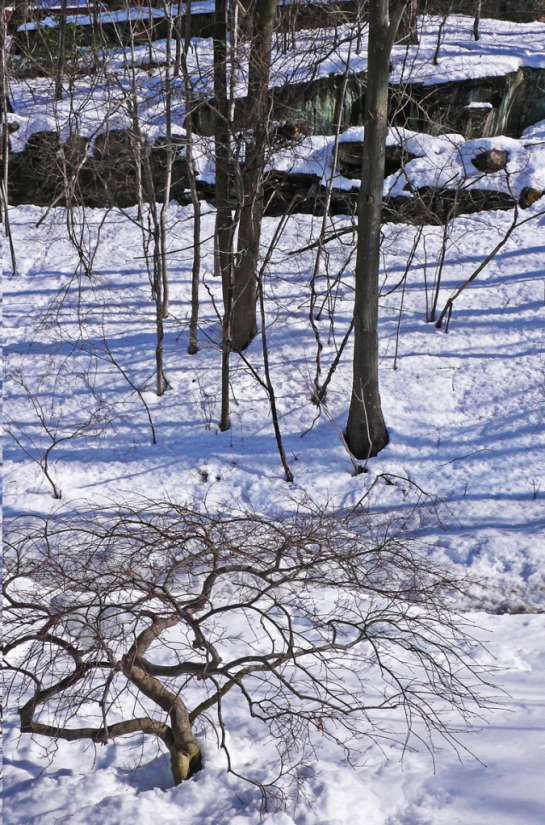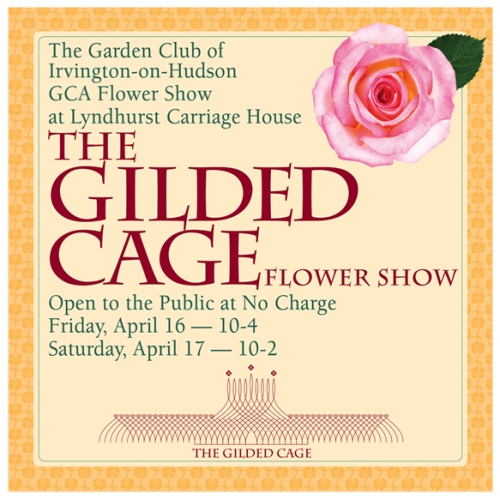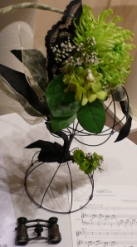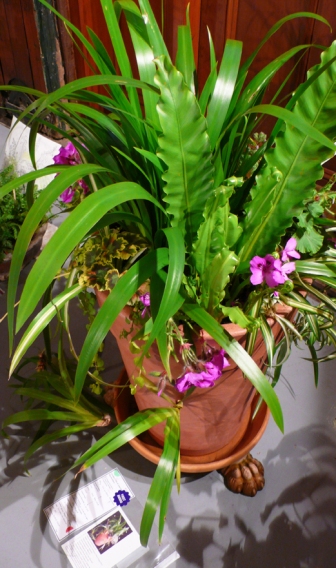 There’s a new Native Wildflower Meadow at the Greenburgh Nature Center.
There’s a new Native Wildflower Meadow at the Greenburgh Nature Center.
The meadow project, conceived and spearheaded by GCI member Cathy Ludden, left, president of the Nature Center’s board of directors, was designed by Bill Boyce of Biosphere Landscape Architecture and installed on a reclaimed two-acre patch that was once part of an apple orchard. In recent decades, Ludden explained during a recent tour for GCI members and guests, the area was neglected and overrun with invasive plants.
The meadow incorporates several remaining apple trees and existing stands of bayberry and sumac. New plantings include perennial beds with flowering native plants and grasses selected to provide year-around interest. The beds are bordered by mulched paths that showcase newly planted native trees and shrubs. There’s also an outdoor classroom area with seating made of granite slabs found on-site, an oak tree circle, and beehives.

Cathy Ludden leads GCI members and guests through the outdoor classroom at the Wildflower Meadow.

A stand of switch grass, Panicum virgatum, a perennial warm-season bunchgrass native to North America.

A stand of sumac and ashy sunflower (Helianthus mollis).
The surrounding area has been seeded with native grasses and flowers to create a naturalistic meadow that will develop and change with time, always providing food and shelter for insects, butterflies, birds, turtles and small mammals. An arbor made of red cedar is being constructed as a centerpiece for the meadow, and it will be used as a structure to house the Nature Center’s annual summer butterfly exhibit.

A milkweed beetle on a milkweed seed pod. American milkweeds are an important nectar source for native bees, wasps and other insects, and a major food source for monarch butterflies.
A leader in environmental education since 1975, the 33-acre Greenburgh Nature Center, located off Central Avenue in Scarsdale, also features a woodland preserve with hiking trails, an organic garden, a green roof exhibit, a discovery playground for children, and more than 100 live animals. The Center is open from dawn to dusk all year round. Che their website for specifics, current exhibitions, and news.




















 THE GARDEN CLUB OF AMERICA
THE GARDEN CLUB OF AMERICA